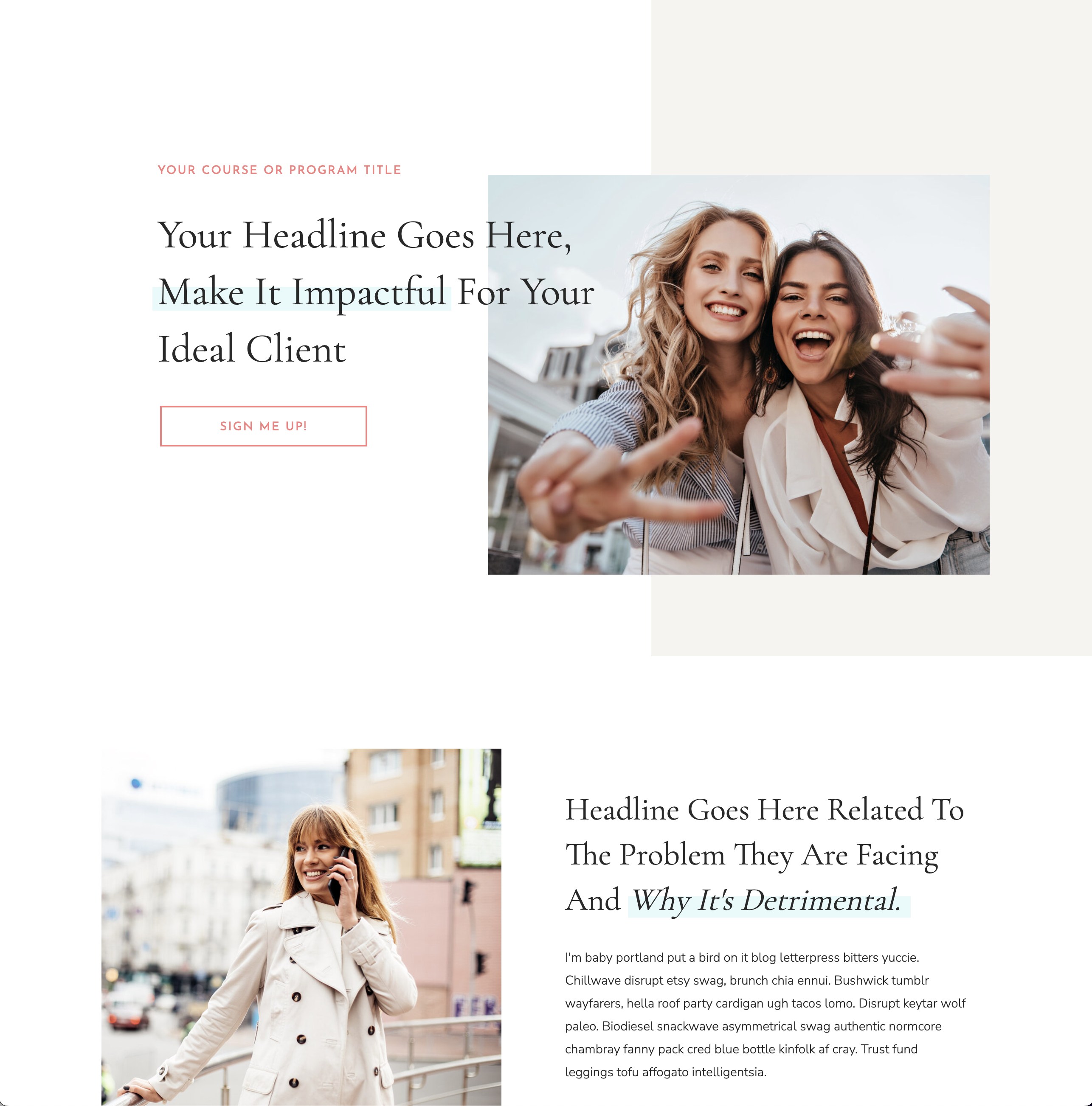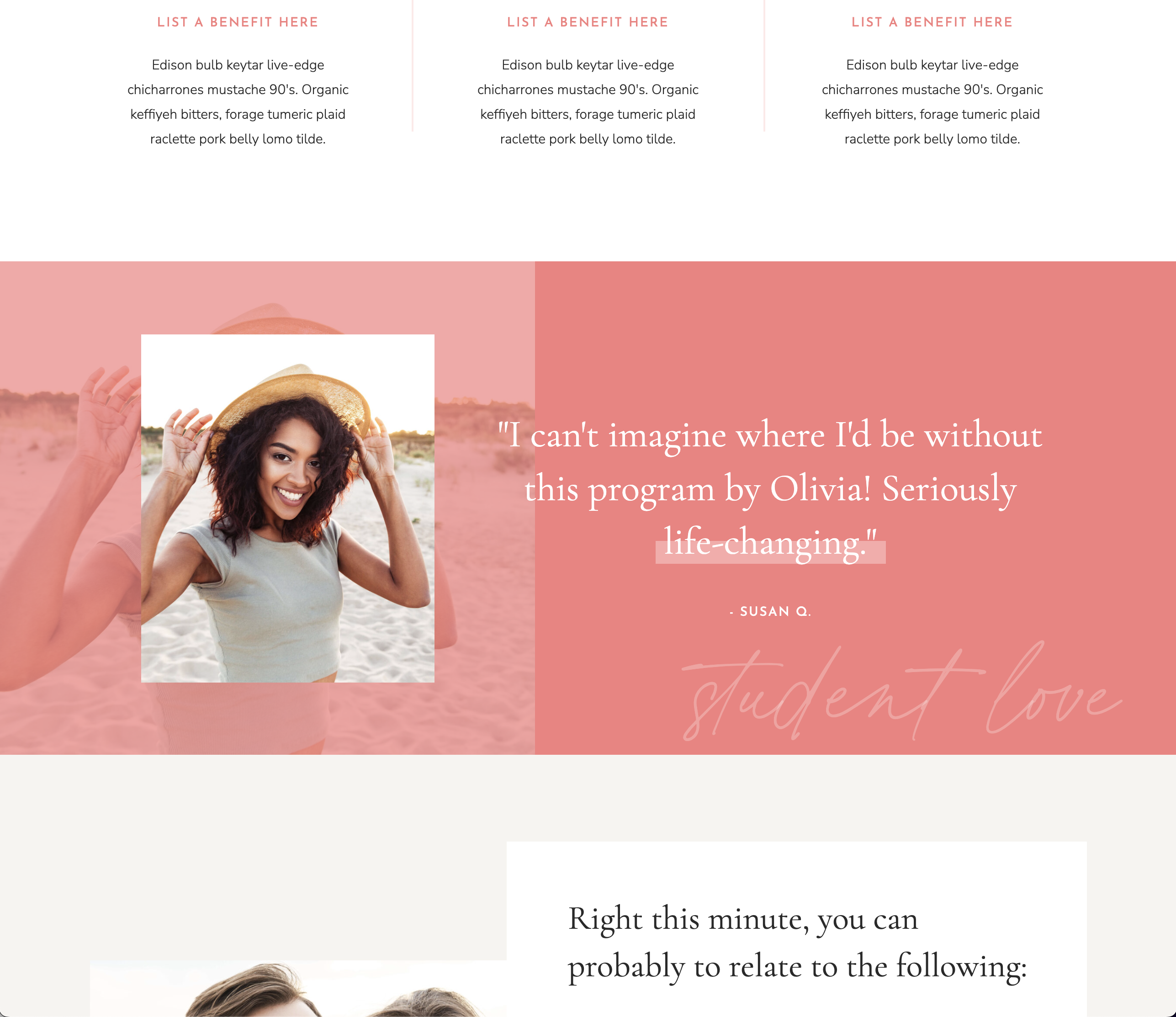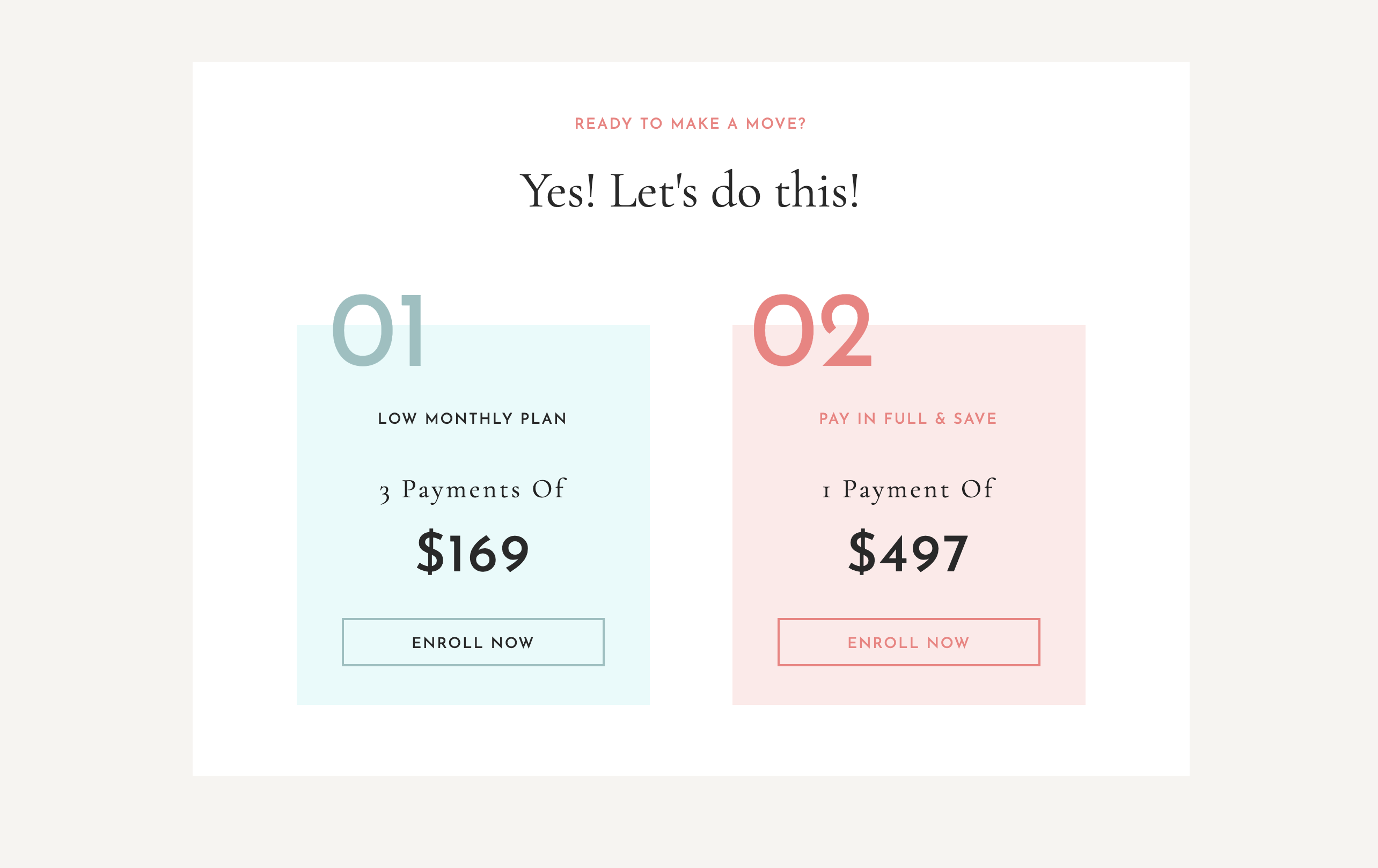Are you struggling to convert website visitors into paying customers? Do you feel like you’re missing out on potential sales? Then it’s time to actually put some thought and effort into that sales page of yours.
A well-designed sales page can make all the difference in turning curious browsers into loyal customers. In this guide, we’ll explore the top 10 design elements for a high-converting sales page. From attention-grabbing headlines to persuasive calls to action, we’ll cover everything you need to know to create an effective online sales funnel. By the end of this guide, you’ll have the tools and knowledge to take your sales page to the next level and start seeing the results you’ve been looking for. So let’s dive in and start optimizing your sales page for maximum conversions!
Understanding the Importance of Design Elements in Sales Pages
When it comes to creating an effective sales page, design elements are just as important as the content itself. A poorly designed sales page can drive potential customers away, even if the content is top-notch. On the other hand, a well-designed sales page can capture a visitor’s attention and keep them engaged with the content.
One of the most important design elements of a sales page is the layout. A cluttered and confusing layout can be overwhelming for visitors, while a clear and organized layout can help guide them through the content. Plus, the use of color, typography, and white space can all impact the overall look and feel of the page.
You also want to think about the user experience when designing a sales page. Is the page easy to navigate? Are the buttons and links easy to find and use? Is the page optimized for mobile devices? These are all factors that can impact the success of a sales page.

The Role of Headlines and Subheadings in Sales Pages
The headline of a sales page is often the first thing visitors see, and it can make or break their decision to stay on the page. Your headline should be clear, concise, and attention-grabbing. It should also communicate the main benefit or value proposition of the product or service you sell.
On the flip side, subheadings help you break the content and drive your visitors through the sales page. You should use them to highlight key points and benefits and to keep visitors engaged with the content.
When crafting headlines and subheadings, think about your ideal client and their pain points. What problem does your product or service solve? How can you communicate this in a clear, compelling way?
Crafting Compelling Copy for Sales Pages
Copy is an essential element of your sales page when it comes to converting visitors into customers. You want copy to be persuasive, engaging and focused on the benefits of your offer.
When writing copy for a sales page, make your value proposition as clear as possible. What is the main benefit of your offer? Why should the visitor care? From there, focus on the benefits and features of the product or service. And use social proof or testimonials to build trust and credibility.
Keep in mind, though, that copy should focus on your ideal audience and their needs — your offer is only important in that it helps them achieve an objective. Use language that speaks directly to the customer and their pain points, and avoid jargon or technical terms that may be confusing.
The Impact of Images and Videos on Sales Pages
Visual elements such as images and videos can be powerful tools for capturing your visitors’ attention and keeping them engaged with the content. They can also help to illustrate the benefits and features of your offer.
When using images and videos on a sales page, choose relevant, high-quality visuals that represent your brand and speak to your ideal customer. Also, use small file sizes and use lazy loading (aka, your website only loads the elements your user is looking at or using) to make your page faster.
Additionally, be strategic about how you place images on your page. They should support the copy and guide the visitor through your content.
The Use of Social Proof and Testimonials in Sales Pages
After ending each project, I sent clients a quick survey to help get their feedback because social proof and testimonials can be powerful tools for building trust and credibility with potential customers. They provide evidence that the product or service has been successful for others, and can help to overcome any objections or doubts the visitor may have.
When using social proof and testimonials on a sales page, it’s important to choose quotes that are specific and relevant to the product or service being offered. They should also be attributed to a real person or company, and include any relevant details such as their name, location, or industry.
It’s also important to consider the placement of social proof and testimonials on the page. They should be strategically placed to support the copy and guide the visitor through the content.

Creating a Sense of Urgency
Creating a sense of urgency can be an effective way to encourage visitors to take action on a sales page. You can achieve this through design elements such as countdown timers, limited-time offers, and scarcity messaging.
Beware though. When using urgency tactics on a sales page, you want to be honest and transparent. Avoid using false scarcity or misleading claims, as this can damage trust with potential customers. Additionally, it’s important to balance urgency with value. Make sure the visitor understands the benefits and value of the product or service, and how it can solve their pain points.
The Importance of a Clear Call-to-Action (CTA)
You’d be surprised how many people avoid calls to action because they think they’re pushy or salesy.
But a clear and compelling call-to-action (CTA) is essential for converting visitors into customers on your sales page. People are on your page because they need something from you. Telling them what they need to do to get it is clear and helpful.
Your CTA should be easy to find and clearly communicate the next step the visitor should take.
When crafting a CTA, use action-oriented and specific language. Avoid generic phrases such as “click here” or “learn more,” and instead use language that communicates the value and benefit of taking the next step. Additionally, it’s important to consider the placement of the CTA on the page. It should be strategically placed to support the copy and guide the visitor through the content.

Designing for Mobile Responsiveness
With more and more visitors accessing websites on mobile devices, you really need your sales page to be responsive. This means making sure it looks great on any size screen and that it loads quickly. That’s one of the reasons we love Showit, it makes it super easy to create a custom mobile experience with the drag-and-drop editor.
When designing for mobile responsiveness, it’s important to consider the layout and design elements of the page. The page should be designed to be easily scrollable and should use clear and concise headlines and copy. Additionally, any visual elements should be optimized for mobile use to ensure quick loading times.
Testing and Optimizing Your Sales Page for Maximum Conversions
Once your sales page is designed and launched, it’s important to continue testing and optimizing for maximum conversions. You can do this through A/B testing, which involves creating two versions of the page and testing them against each other to see which performs better.
When conducting A/B testing, you want to test one element at a time, such as the headline or CTA. This way, you can isolate the impact of each element and make data-driven decisions about how to optimize the page for maximum conversions.
Conclusion
Creating an effective sales page requires a combination of compelling copy and strategic design elements.
We created the Sales Page Builders to help you launch a knockout sales page to promote any product or service. Each sales page builder includes all the elements you need, from landing pages, signup pages and sales page layouts to video tutorials to get you started on the right foot.
Check out the Sales Page Builders here!


Follow along